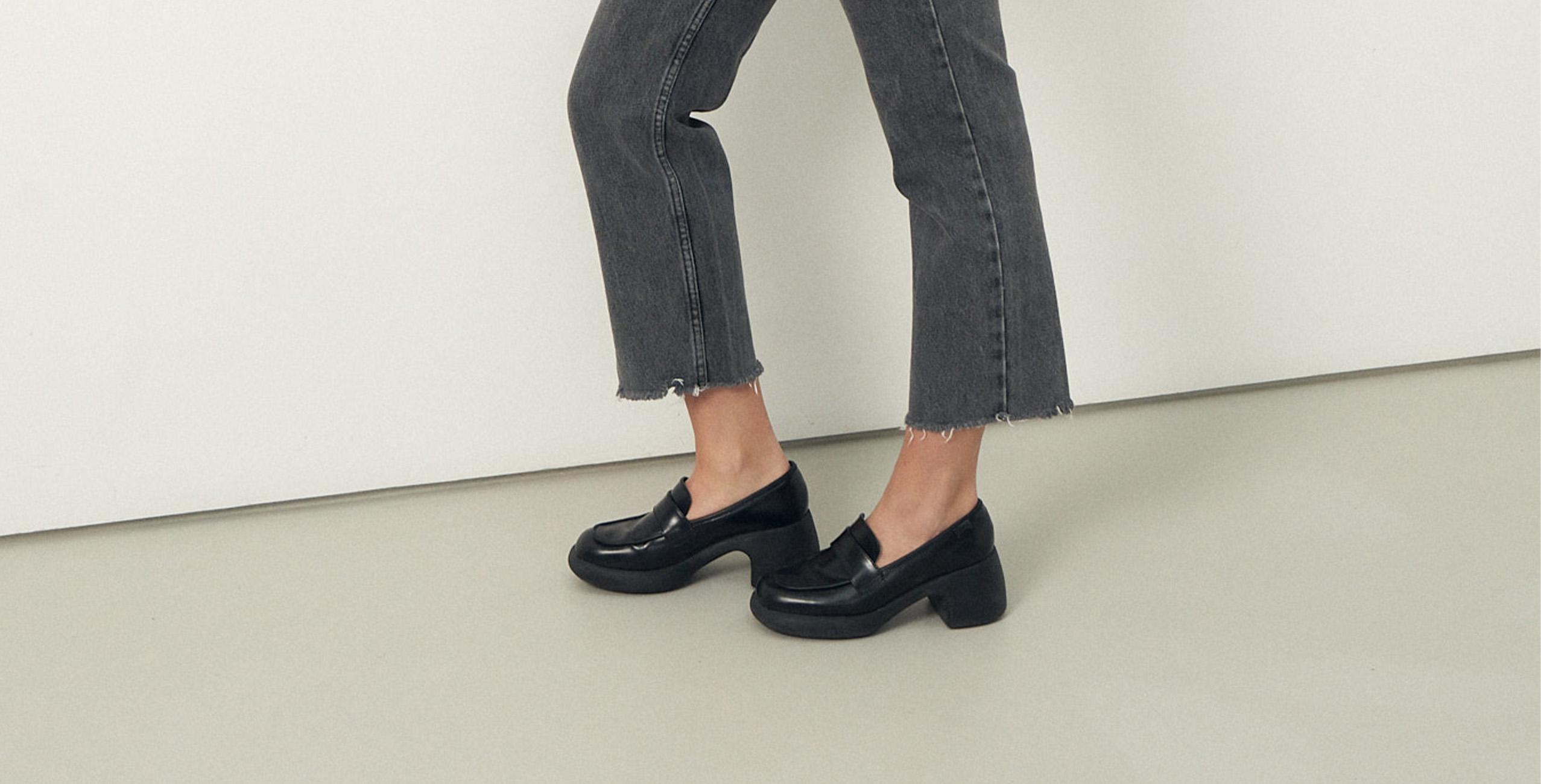Who buys and sells second hand?
The second hand is now a credible and responsible alternative to the purchase of new fashion items. Proof of this is that the second-hand fashion market saw a 140% increase in purchases in 2021 compared to 2019 [1] , while the fashion market is down , with a loss of turnover of 20% since 2008 in France. [2]
But who are the second-hand buyers?
Women represent the majority of second-hand buyers with 82% of online second-hand transactions according to the Natixis Payments Observatory.
25-44 year olds spend the most on second-hand items with 58% of total spending more, followed by 45-54 year olds (20.77 euros) [1]
Why are consumers buying second-hand, and why are more people selling their second-hand clothes?
The argument often put forward to encourage the second hand is respect for the environment , the textile industry being one of the most polluting in the world, especially when we know that the solution of donating clothes is not as virtuous as we think to revalorize the articles. In reality, other motivations can explain a second-hand purchase: a smaller budget for clothing or even the search for items from past collections or vintage pieces .
The same is true for the sale of second-hand clothes: according to a BCG study carried out in 2019 [3] , only 17% of people who sell their clothes do so because it is a responsible behavior . The majority do it more often to empty their wardrobe or finance new purchases . The resale price of an item becomes an important criterion when buying first hand.
These behaviors have largely developed at the same time as the fashion industry has undergone profound transformations, with very frequently renewed collections , a very wide choice of items , and often at bargain prices . We get bored more quickly with what we own, and we don't know what to do with these items that no longer serve us but are still in wearable condition.
We can then wonder if the people who sell their clothes are the ones who will then go to second-hand to make their new purchases, in other words if the second-hand buyers and sellers are confused.
According to the BCG study, of all the people who make up the second-hand fashion market, only one third sells and buys at the same time , 42% sells only and 24% buys only . Note that the proportion of people who sell their clothes decreases with age, while the proportion of those who buy second-hand increases.
Two-thirds of participants in the second-hand dynamic therefore play only one of two roles: buying or selling . Second-hand sellers and buyers should be seen as different people with different motivations.
What implications do the distinct needs of second-hand buyers and sellers have for brands?
We have seen that second-hand buyers and sellers are actually quite distinct, and express very different needs .
It is up to the brands to understand them in order to best respond to them and adapt to their new habits. The purchase of new clothes is not going to disappear with the rise of the occasion, new and second hand are destined to coexist . It is therefore necessary to adapt to these new dynamics for brands, by encouraging the production of more sustainable clothing , by offering interesting take-back (or even repair) solutions for their customers, then by re-offering them for sale . attractively .
If you are still not convinced by the second hand, we have prepared an article to convince you!
Source
[1] https://www.payments.groupebpce.com/2021/11/09/consommation-du-pret-a-porter-en-france-en-2021/
[2] https://www.lsa-conso.fr/marche-de-la-mode-une-baisse-de-17-en-france-en-2020,369428 and https://www.lsa-conso .fr/mode-ten-years-of-errors-and-now,308036
[3] http://media-publications.bcg.com/france/True-Luxury%20Global%20Consumer%20Insight%202019%20-%20Plenary%20-%20vMedia.pdf











